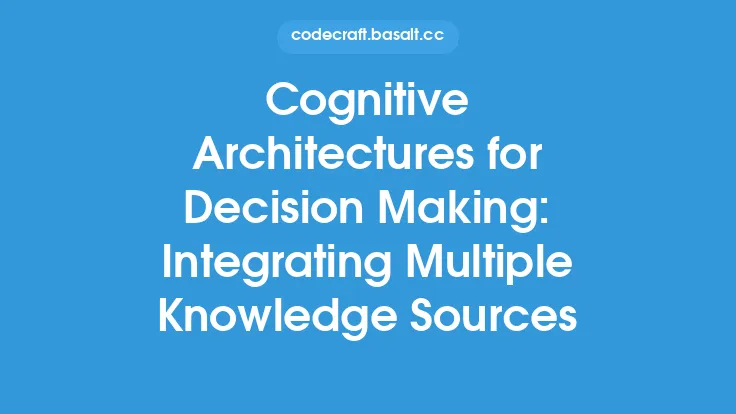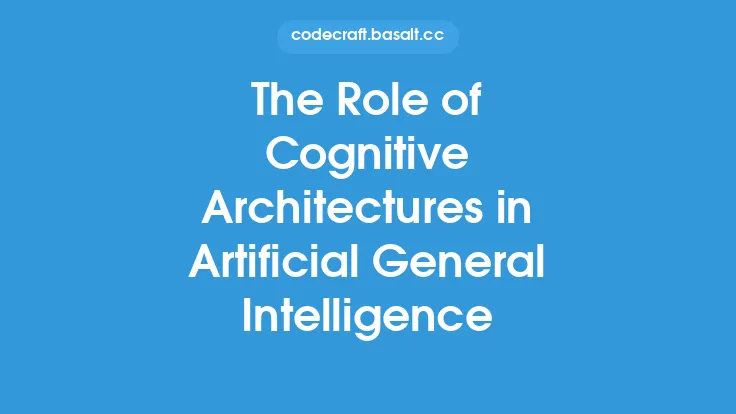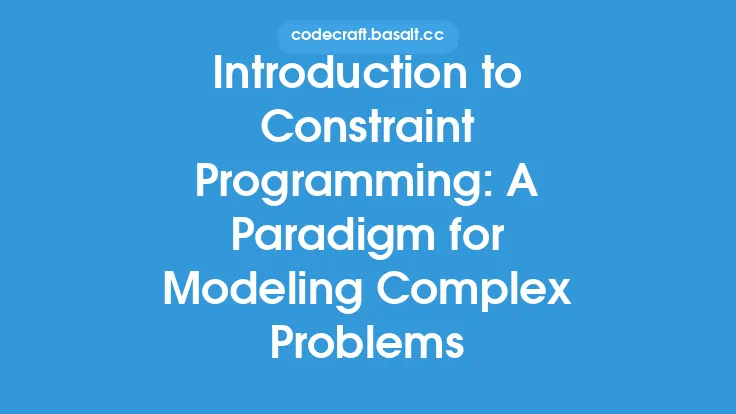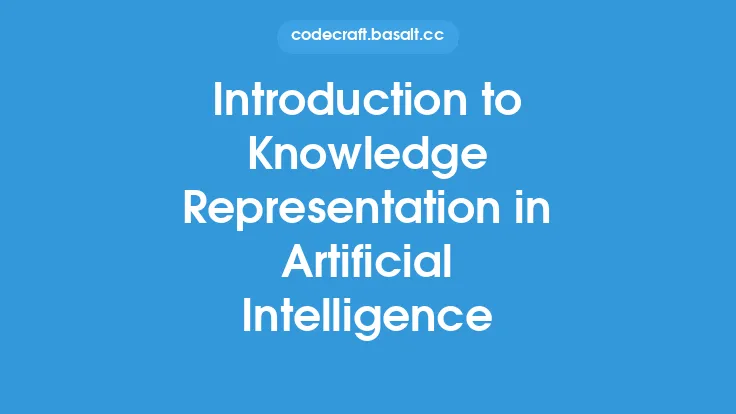Cognitive architectures are a fundamental concept in the field of artificial intelligence (AI), providing a framework for integrating multiple AI systems and enabling more comprehensive and human-like intelligence. At its core, a cognitive architecture is a software framework that simulates the human cognitive process, including perception, attention, memory, reasoning, and decision-making. This framework serves as a foundation for building more advanced AI systems, allowing researchers and developers to create more sophisticated and realistic models of human cognition.
History and Evolution of Cognitive Architectures
The concept of cognitive architectures has its roots in the early days of AI research, dating back to the 1950s and 1960s. During this period, researchers such as Alan Newell and Herbert Simon began exploring the idea of creating machines that could simulate human thought processes. Their work laid the foundation for the development of the first cognitive architectures, which were primarily focused on modeling human problem-solving abilities. Over the years, cognitive architectures have evolved to incorporate new ideas and technologies, including the integration of machine learning, natural language processing, and computer vision. Today, cognitive architectures are a crucial component of many AI systems, enabling them to reason, learn, and interact with their environment in a more human-like way.
Key Components of Cognitive Architectures
A cognitive architecture typically consists of several key components, including a knowledge representation system, a reasoning engine, a decision-making mechanism, and a learning module. The knowledge representation system is responsible for storing and managing the architecture's knowledge base, which includes information about the environment, tasks, and goals. The reasoning engine is used to draw inferences and make decisions based on the available knowledge, while the decision-making mechanism is responsible for selecting the best course of action. The learning module enables the architecture to adapt and improve its performance over time, through the use of machine learning algorithms and other techniques. Additionally, many cognitive architectures also include modules for perception, attention, and memory, which allow them to interact with their environment and process sensory information.
Types of Cognitive Architectures
There are several types of cognitive architectures, each with its own strengths and weaknesses. Some of the most well-known architectures include SOAR, ACT-R, and CLARION, which are all widely used in AI research and development. SOAR is a general-purpose architecture that is designed to model human cognition in a wide range of domains, from simple tasks like puzzle-solving to more complex activities like decision-making and planning. ACT-R, on the other hand, is a more specialized architecture that is focused on modeling human cognition in areas like memory, attention, and decision-making. CLARION is a hybrid architecture that combines the strengths of both SOAR and ACT-R, providing a more comprehensive and flexible framework for modeling human cognition.
Applications of Cognitive Architectures
Cognitive architectures have a wide range of applications in AI research and development, from robotics and computer vision to natural language processing and decision-making. They are used in many areas, including autonomous vehicles, smart homes, and healthcare, where they enable machines to reason, learn, and interact with their environment in a more human-like way. Cognitive architectures are also used in areas like education and training, where they provide a framework for creating more realistic and effective simulations. Additionally, they are used in areas like human-computer interaction, where they enable machines to better understand and respond to human needs and preferences.
Challenges and Limitations of Cognitive Architectures
Despite their many advantages, cognitive architectures also have several challenges and limitations. One of the main challenges is the difficulty of creating architectures that can truly replicate human cognition, with all its complexities and nuances. Another challenge is the need for large amounts of data and computational resources, which can make it difficult to deploy cognitive architectures in real-world applications. Additionally, cognitive architectures can be brittle and prone to errors, particularly when faced with novel or unexpected situations. Finally, there is also the challenge of evaluating and comparing different cognitive architectures, which can be difficult due to the lack of standard metrics and benchmarks.
Conclusion and Future Directions
In conclusion, cognitive architectures are a fundamental concept in the field of artificial intelligence, providing a framework for integrating multiple AI systems and enabling more comprehensive and human-like intelligence. While they have many advantages and applications, they also have several challenges and limitations that must be addressed. As AI research and development continue to evolve, it is likely that cognitive architectures will play an increasingly important role in the creation of more advanced and realistic AI systems. Future research directions may include the development of more flexible and adaptable architectures, the integration of cognitive architectures with other AI technologies, and the application of cognitive architectures to new and emerging areas like robotics and computer vision. Ultimately, the goal of cognitive architectures is to create machines that can think, reason, and interact with their environment in a more human-like way, and it is likely that they will continue to play a crucial role in the development of more advanced and sophisticated AI systems.





